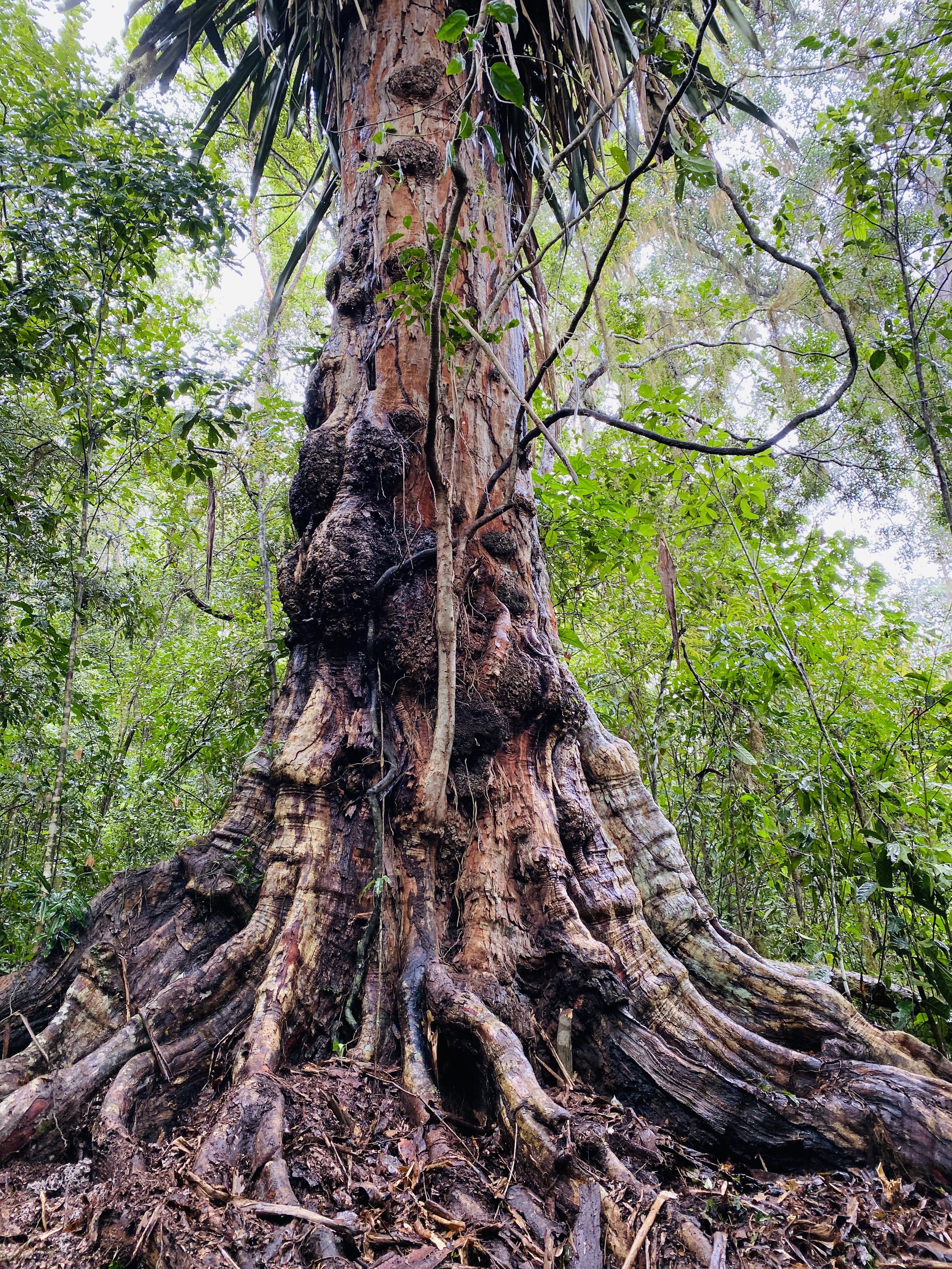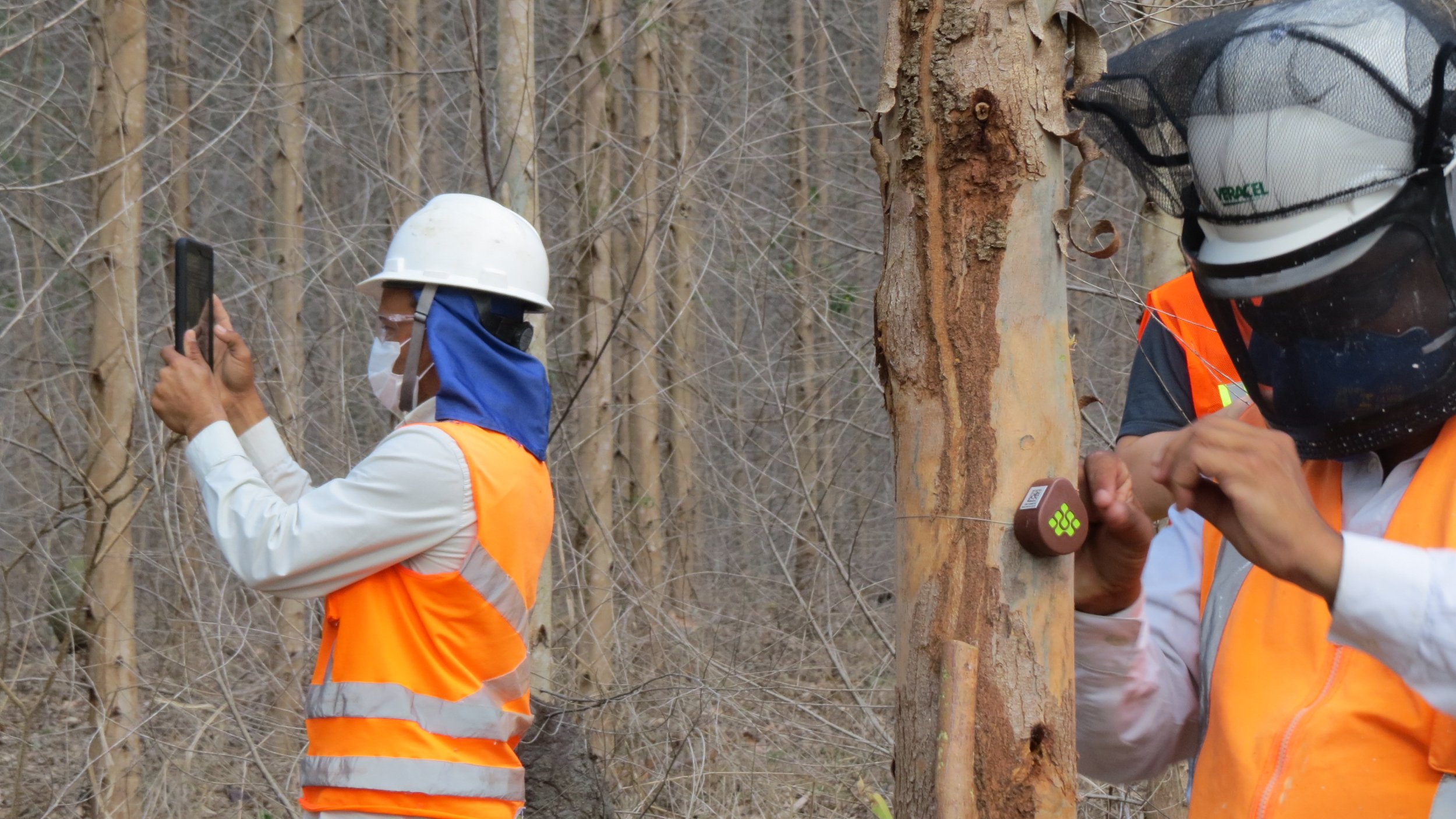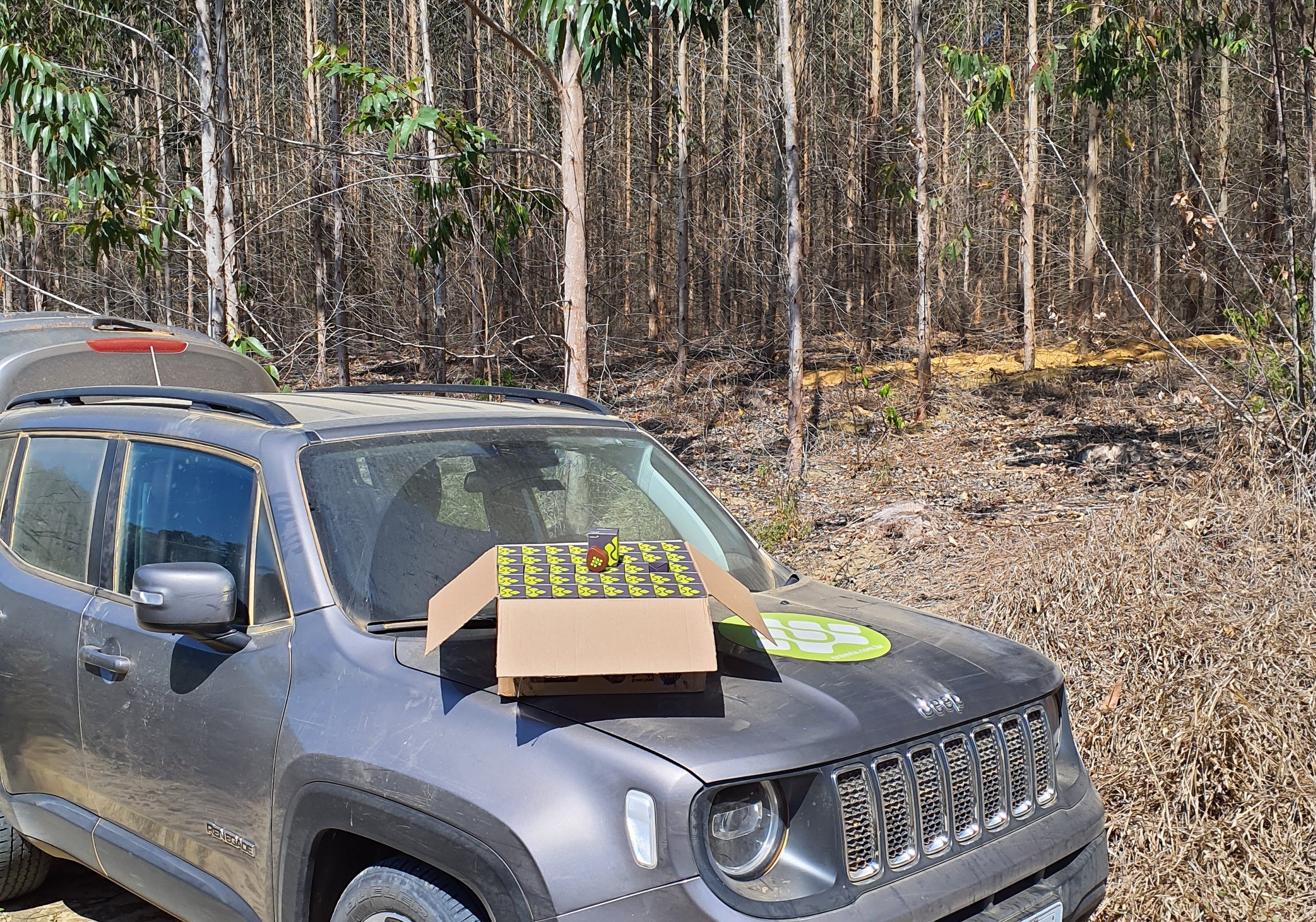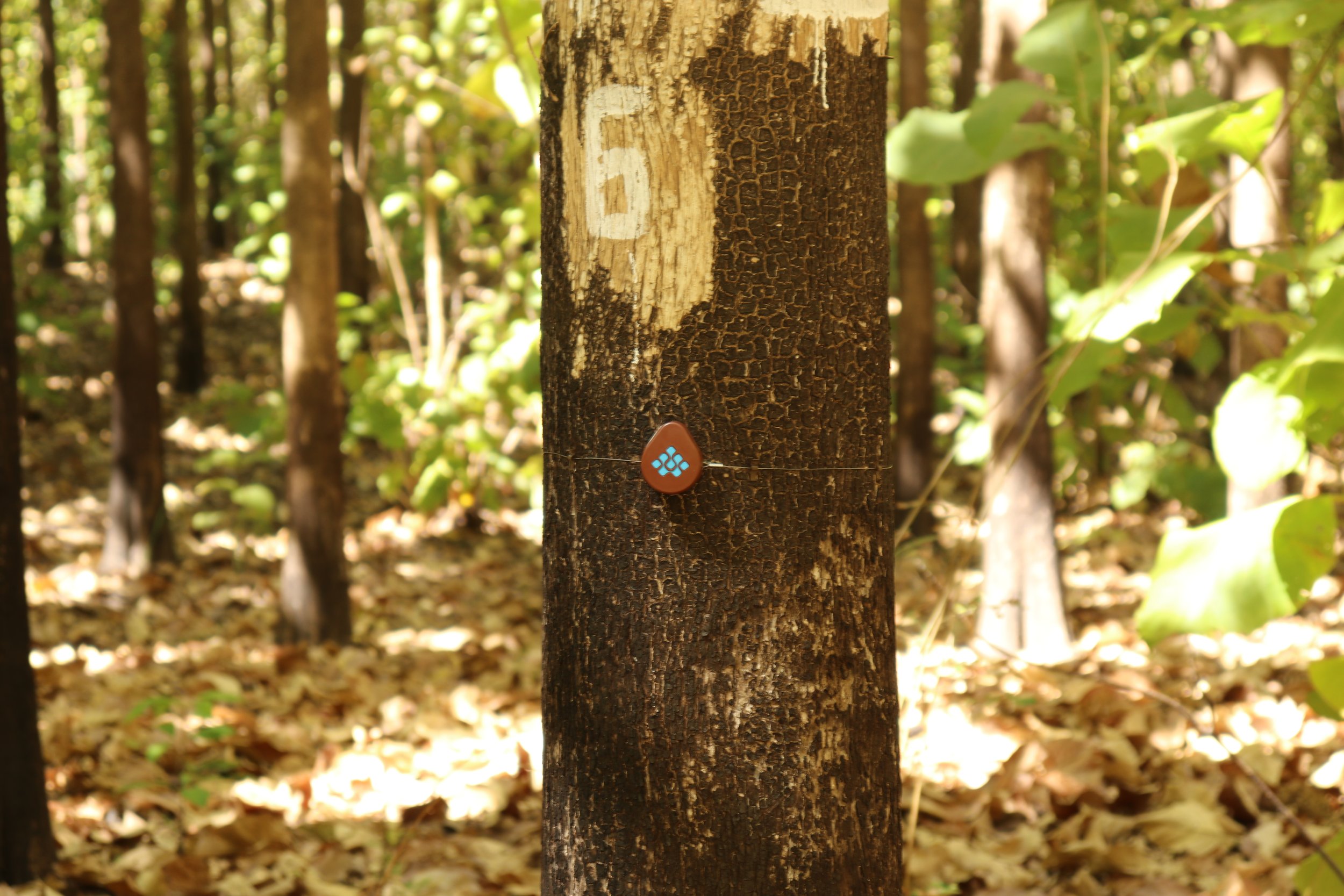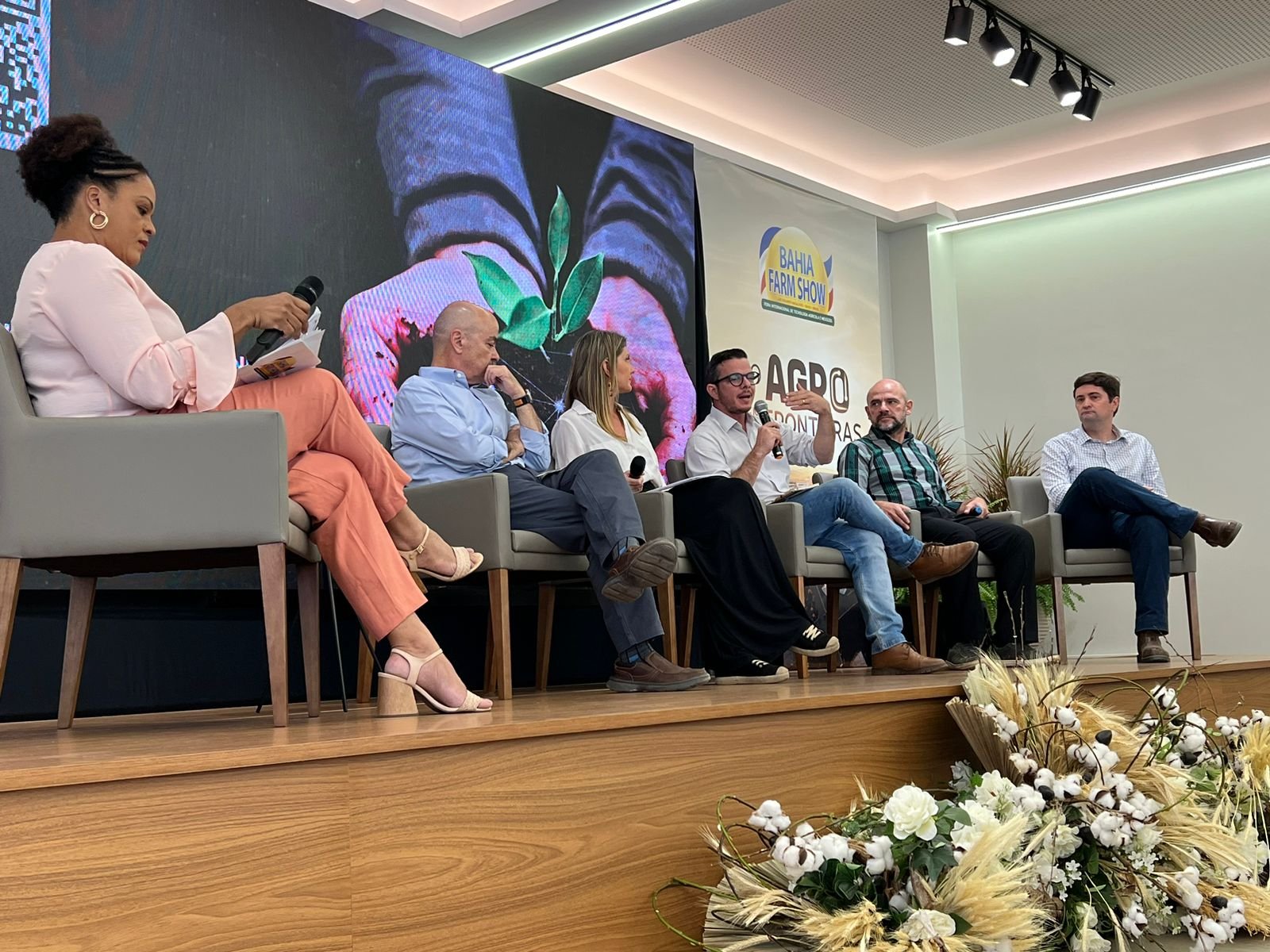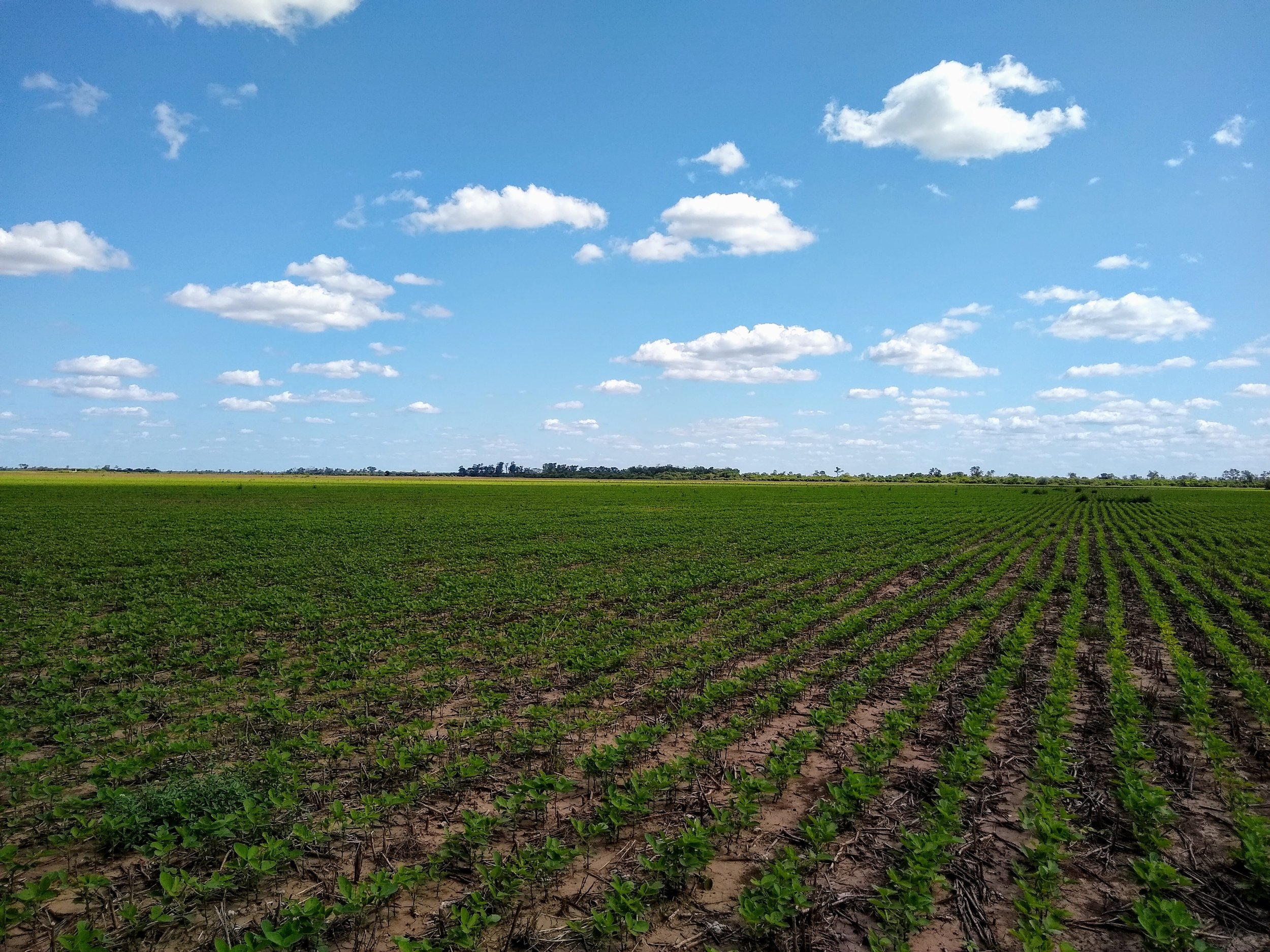Payment for Environmental Services in the Cerrado
Building trust and opportunities for a sustainable and green economy, free of deforestation, through MRV Digital and IoTrees to pay for environmental services on soy farms located in the Brazilian Cerrado
Facilitate farmers' access to different technological tools and financial instruments that enable payment for environmental services, generating additional revenue to encourage the conservation of native areas, thus avoiding deforestation or the conversion of new areas in the soy chain. That is what the Treevia project intends to do, in partnership with GSS Carbon and Bioinnovation. Their novel initiative will operate on two complementary fronts. The first aims to develop a software and hardware tool that will use monitoring, reporting and verification (MRV) methodologies based on Treevia's own SmartForest tool, which combines the Internet of Things (IoT), Big Data, remote sensing, cloud computing, and artificial intelligence concepts. The second phase involves designing technical, legal, and financial instruments to help farmers generate additional income to maintain the standing forest, by means of carbon credit offsets.
Widely used for the production of food, animal feed and inputs for industrial products such as biodiesel and pharmaceuticals, soy is now the biggest grain in world trade. Brazil leads the world in its cultivation and exports, with almost 30% of global output. Expanding agricultural frontiers in northern and northeastern Brazil, especially the Matopiba region (in the states of Maranhão, Tocantins, Piauí, and Bahia) have caused significant conversion of native vegetation into grain fields and cattle pastures in the Cerrado biome.
Focused on Cerrado areas in the state of Tocantins, the project aims to reduce the impact of large-scale soy plantations on biodiversity and the conversion of native vegetation, while both increasing yields with more technology in the field and developing tools that show farmers how standing forests can generate additional income to finance technologies for their crops.





